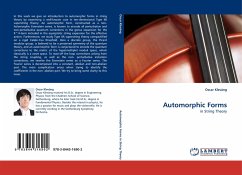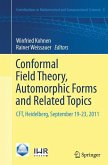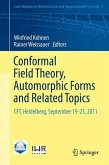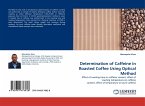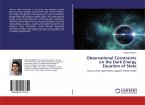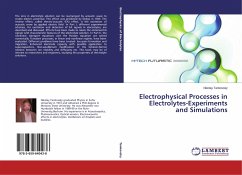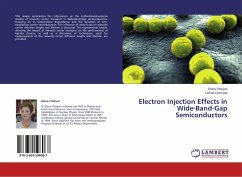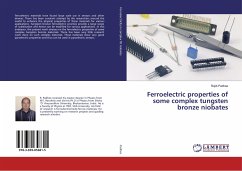In this work we give an introduction to automorphic forms in string theory by examining a well-known case in ten-dimensional Type IIB superstring theory. An automorphic form, constructed as a non-holomorphic Eisenstein series, is known to encode all perturbative and non-perturbative quantum corrections in the genus expansion for the R^4-term included in the asymptotic string expansion for the effective action. Furthermore, we study Type IIA superstring theory compactified on a rigid Calabi-Yau threefold. Here a discrete group, the Picard modular group, is believed to be a preserved symmetry of the quantum theory, and an automorphic form is conjectured to encode the quantum corrections to the metric of the hypermultiplet moduli space, which classically is a coset space. To read off the loop corrections arising from the string coupling, as well as the non- perturbative instanton corrections, we rewrite the Eisenstein series as a Fourier series. The Fourier series is decomposed intoa constant, abelian and non-abelian part. The main complication arises when trying to identify the coefficients in the non- abelian part. We try to bring some clarity to this issue.
Bitte wählen Sie Ihr Anliegen aus.
Rechnungen
Retourenschein anfordern
Bestellstatus
Storno

